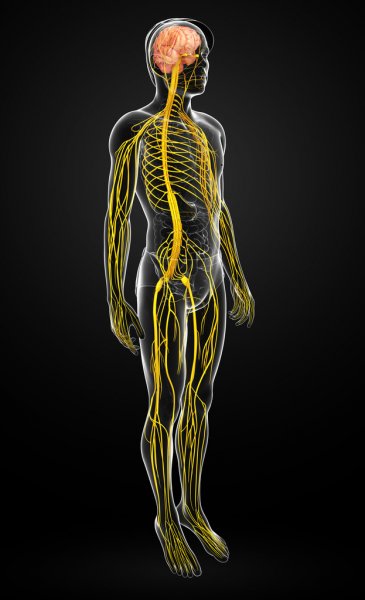TIMES OF EDUCATION GK
What is Respiratory system?
RESPIRATORY SYSTEM OR FUNCTIONS OF LUNGS:
The basic respiratory organ of air-breathing vertebrates. The basic function of the respiratory system is for lungs to supply oxygen to tissues and remove excess carbon dioxide from the blood. This is accomplished by inspiration, the movement of air into the lungs, and expiration, movement out of the lungs. Exchange of gases occurs at the internal surface of the lungs by diffusing oxygen from the lungs into the blood, while carbon dioxide (CO2) diffuses from the blood into the lungs. Gas is transported in the blood, and the circulatory system distributes oxygen throughout the body while collecting CO2 for return to the lungs. Ventilation, or airflow to the lungs, and perfusion, blood flow through lung capillaries, are the main factors that determine the overall pulmonary function. The ventilation/ perfusion ratio needs to be fairly constant in all parts of the lung for the most effective transfer of respiratory gases. Lungs are saclike structures of varying complexity, depending on the organism. They are connected to the outside by a series of tubes and a small opening. In humans, the lungs can be found in the thoracic cavity and consist of the internal airways; the alveoli, tiny, thin-walled, inflatable sacs where oxygen and carbon dioxide are exchanged; the pulmonary circulatory vessels; and elastic connective tissues. The exchange of gases in the lungs takes place by breathing, chest movements that inhale air and exhale or force gases such as carbon dioxide out.
Respiratory System or Lungs
 Times Of Education Gk
May 07, 2020
Times Of Education Gk
May 07, 2020
Popular Posts
Recent Keyword
Categories
Contact Us
Copyright ©
TIMES OF EDUCATION GK




0 Comments